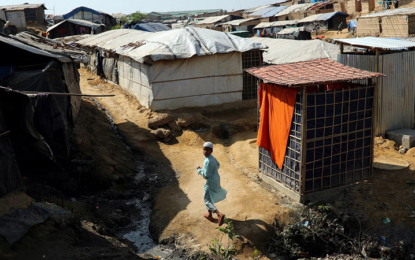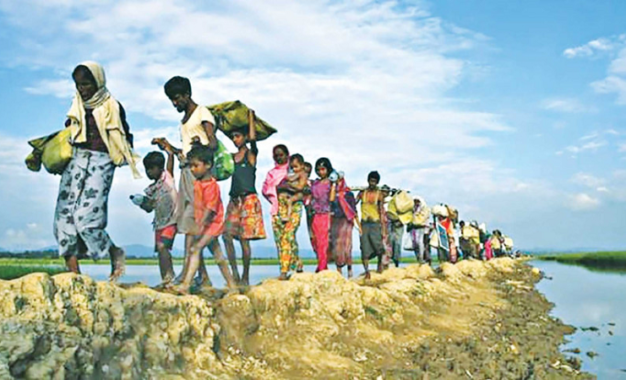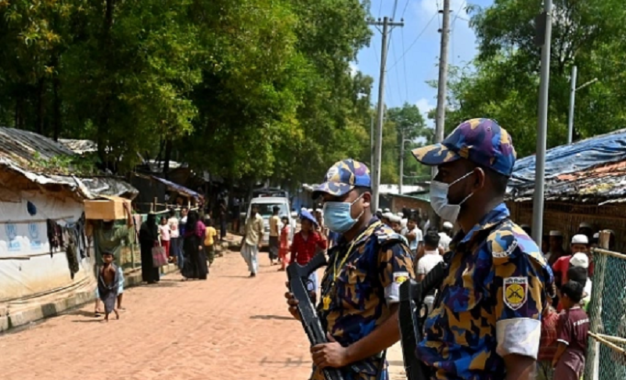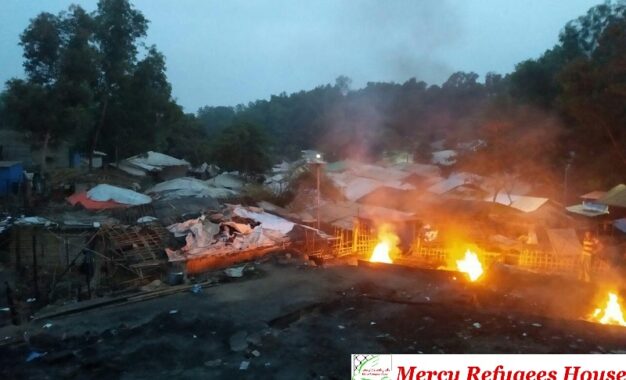Latest News
Rohingya Settle in for the Long Haul, Even as Bangladesh Wants Refugees to Go Home
Bangladesh, Help Refugees, Human Rights, Myanmar, Refugees Issues, Religious Rights
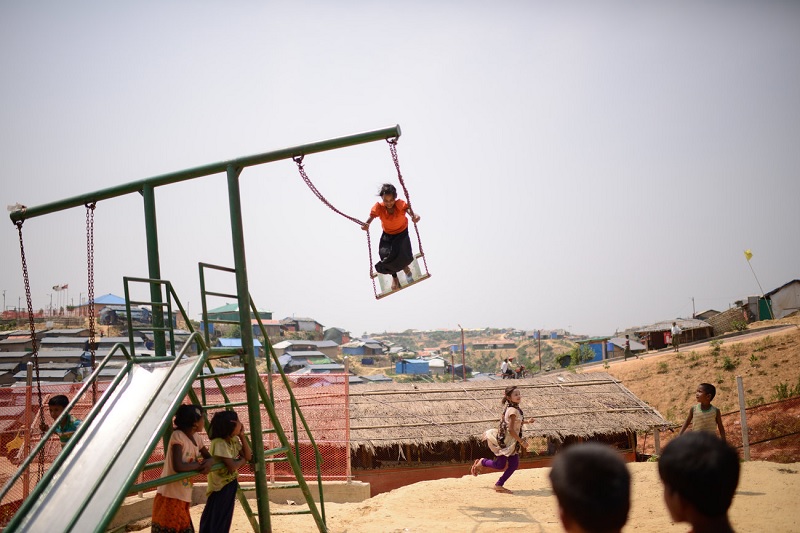
Along the edge of the largest camp sheltering Rohingya refugees in Bangladesh, hundreds of men and women with shovels and wicker baskets are turning a barren hill into a parking lot-sized plateau. The newly leveled land will eventually hold new stronger shelters for refugees from overcrowded parts of the camps.
Under the direction of engineers from the World Food Program, the day laborers are building retaining walls, terracing slopes and digging massive drainage ditches.
“We are here creating safe land for living,” declares Mosa Alshalabi, a WFP engineer. “Because that soil,” he says pointing at some sandy cliffs in front of him, “that soil is not safe at all. All these houses when it rains, the soil [beneath them] will be washed away.”
The Bangladeshi government continues to insist that the nearly 1 million Rohingya refugees crammed into camps like this one outside Cox’s Bazar are just temporary visitors. It wants them to go home. But a year and a half after most of the refugees arrived, there are few signs that they will leave anytime soon. Shoring up land for new homes, growing their own food and enrolling in religious schools, they appear to be settling in for the long haul. There are even playgrounds popping up in some places, with solid metal slides and swing sets.
For aid groups, the response has had to shift from treating Rohingya needs as a short-term humanitarian crisis to coming up with longer-term ways to support the refugees.
Amazon Sponsorship
Recent Posts
Jul 29, 2023
It has been close to six years since hundreds of thousands of Rohingya faced a deadly genocide by Myanmar’s military and fled the country in search of protection and refuge in neighbouring Bangladesh. The Rohingya population has been undergoing persecution, discrimination, arbitrary arrests, and atrocities in Myanmar for over seven decades. Their condition is alarmingly […]


